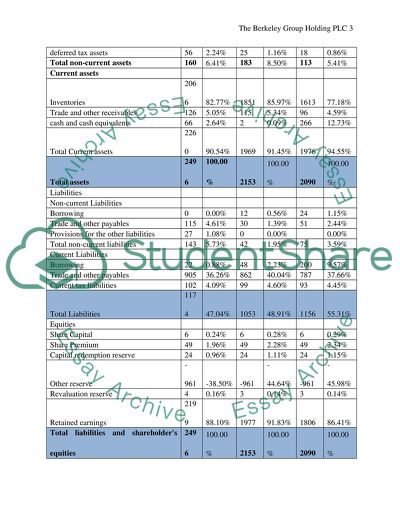Cite this document
(“Financial Statement Analysis:The Berkeley Group Holdings plc (BKG) Essay”, n.d.)
Financial Statement Analysis:The Berkeley Group Holdings plc (BKG) Essay. Retrieved from https://studentshare.org/finance-accounting/1493838-financial-statement-analysis-the-berkeley-group
Financial Statement Analysis:The Berkeley Group Holdings plc (BKG) Essay. Retrieved from https://studentshare.org/finance-accounting/1493838-financial-statement-analysis-the-berkeley-group
(Financial Statement Analysis:The Berkeley Group Holdings Plc (BKG) Essay)
Financial Statement Analysis:The Berkeley Group Holdings Plc (BKG) Essay. https://studentshare.org/finance-accounting/1493838-financial-statement-analysis-the-berkeley-group.
Financial Statement Analysis:The Berkeley Group Holdings Plc (BKG) Essay. https://studentshare.org/finance-accounting/1493838-financial-statement-analysis-the-berkeley-group.
“Financial Statement Analysis:The Berkeley Group Holdings Plc (BKG) Essay”, n.d. https://studentshare.org/finance-accounting/1493838-financial-statement-analysis-the-berkeley-group.


